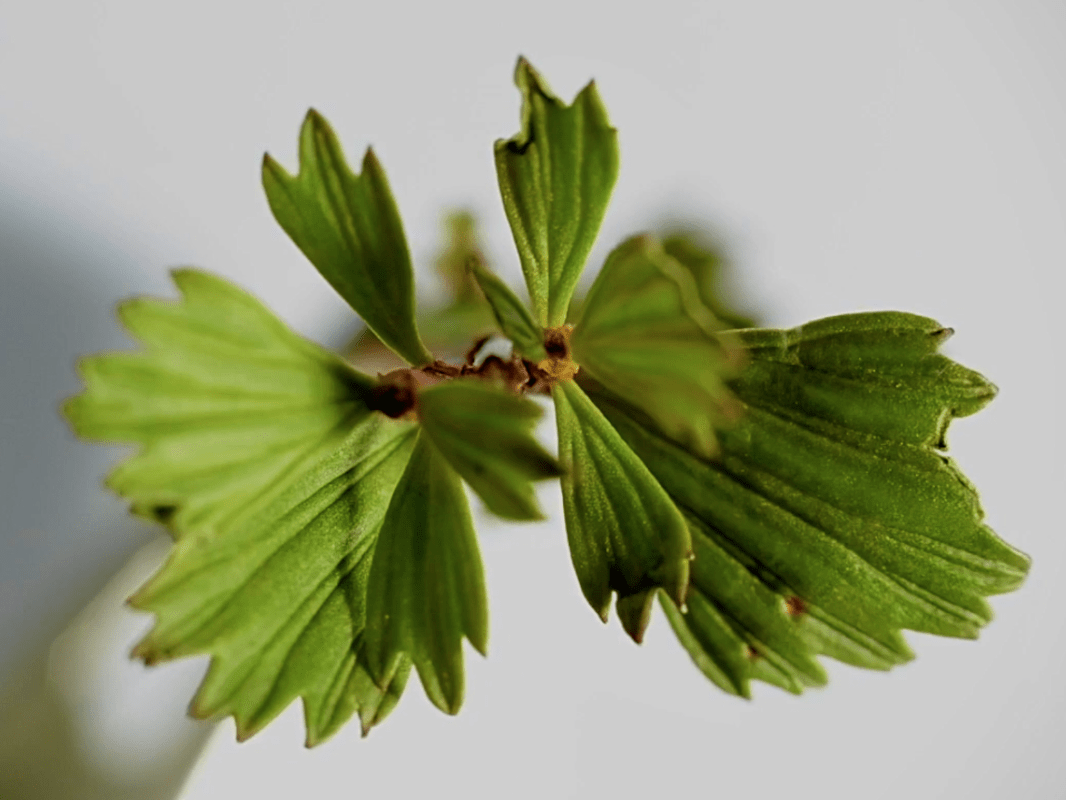Myrothamnus flabellifolia is commonly known as the “Resurrection Plant” and hails from the sands of the ancient Namib Desert.
What makes this plant different is not in its physical appearance, you might not even notice it if you were to come across it in its natural habitat. For most of its life it looks dead. In its harsh environment it has the ability to almost completely desiccate without dying for up to three years. Most plants die if they lose 20% to 30% of their water content but Myrothamnus is able to completely air dry yet remain alive. It remains in this state until water is available and then, within a matter of hours, it springs to life.

DNA Protection
The chemical toolkit that the plant uses to protect its DNA through years of complete desiccation is very interesting for anti-ageing skin care.
The key polyphenol that allows oxidative protection during dormancy is 3,4,5-tri-O-galloylquinic acid and is the compound that dominates the polyphenol profile of the Namibian varieties of Myrothamnus, accounting for up to 40% of the dry mass of the dormant plant.
Esse uses Namibian plants to maximise efficacy. Through a process of extraction and vacuum spray drying, we preserve the polyphenols that confer the potent anti-oxidant protection the plant utilises to preserve its DNA for years.
Rapid moisturisation
Esse has conducted independent testing in Germany that shows that this new ingredient is also a rapid skin moisturiser. A neutral gel containing the extract was shown to boost skin hydration for 24 hours after just a single application.
Below you can see the % improvement in skin hydration over a 24-hour period.

Community value
The Namib desert in Namibia is very arid and the people living in the area are nomadic pastoralists dependent on subsistence livestock farming. With the Resurrection Plant being indigenous to the area, its harvest and sale provides communities with an important source of alternative income. A reduction in livestock dependence also results in decreased pressure on the biodiversity of the area by reducing grazing pressure in this diverse but sensitive ecology.
Esse has engaged in a joint venture with the Kunene Conservancies Indigenous Natural Products Trust in a Nagoya-compliant agreement that allows the twelve tribes of the Kunene to share in profits from the sale of Esse products that utilise Myrothamnus extract. Extensive studies have been conducted to show the sustainability of the wild-harvest of Resurrection Plants in the Kunene region of Namibia and continued monitoring ensures a healthy and sustainable plant population in the wild.





